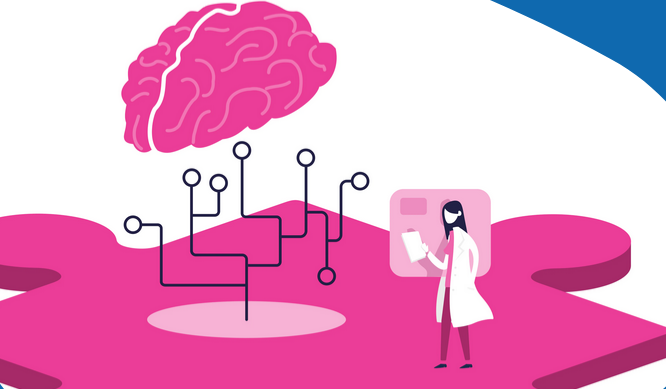 Merck today announced a three-year collaboration with the Transylvanian Institute of Neuroscience (TINS), based in Cluj-Napoca, Romania
Merck today announced a three-year collaboration with the Transylvanian Institute of Neuroscience (TINS), based in Cluj-Napoca, Romania
Three-year collaboration in fundamental research
Partners to conduct research on the fundamental principles of intelligence
Merck, a leading science and technology company, today announced a three-year collaboration with the Transylvanian Institute of Neuroscience (TINS), based in Cluj-Napoca, Romania. The primary focus of this collaboration between the private non-profit research institute TINS and the Artificial Intelligence (AI) Research Team of Merck will be on improving the understanding of how information processing works in the human brain.
“A deeper understanding of the brain’s computational mechanism will be key to overcoming many of the current limitations in existing artificial intelligence technologies,” said Helmut Linde, Global Head of Data Science at Merck. “With our academic research collaborations, we can ensure that Merck will be among the first companies to benefit from new outcomes in the rapidly evolving field of AI.”
“If there is one key structure in the brain that holds the answer to intelligence, it’s probably the neocortical microcircuit—a 1 cubic-millimeter building block of gray matter,” said Raul C. Mureșan, President and Principal Investigator at TINS. “The project will investigate the structural and dynamic properties of this building block, inspired by experimental evidence gathered in past decades. We will attempt to extract the fundamental principles of the neocortical fabric and translate them into novel computational models. This research endeavor may have a deep impact on our understanding of the mechanisms supporting intelligence and could enable the technologies of tomorrow.”
The study conducted by both partners aims to analyze brain activity at different scales and its relevance for computational capabilities. One objective is to unravel the function of the neocortical microcircuit by developing a theoretical framework that links together fractal structures and dynamics, recurrent neural circuits and brain oscillations to achieve invariant coding and representations. The joint research project should lead to a better understanding of the computational principles employed by the human brain, in particular the neocortex, which is associated with all functions of higher intelligence and is hypothesized to employ one ‘cortical algorithm’ as a common framework to solve seemingly very different tasks, such as image recognition or motion planning. Results of this fundamental research project will be published.
The interdisciplinary AI Research Team at Merck concentrates on exploring neuroscience-inspired approaches to novel methods for artificial intelligence. These efforts in software development complement the company’s research activities regarding neuromorphic computer chips and could bolster its position as a major supplier to the semiconductor industry in its Performance Materials business sector.
Scientists from TINS have broad experience in experimental and theoretical neuroscience. TINS was the winner of the Merck 2020 Research Grant in ‘Next Generation Machine Learning’. Merck started awarding research grants for the first time in 2018 during its 350th anniversary year.
www.merckgroup.com


















































































